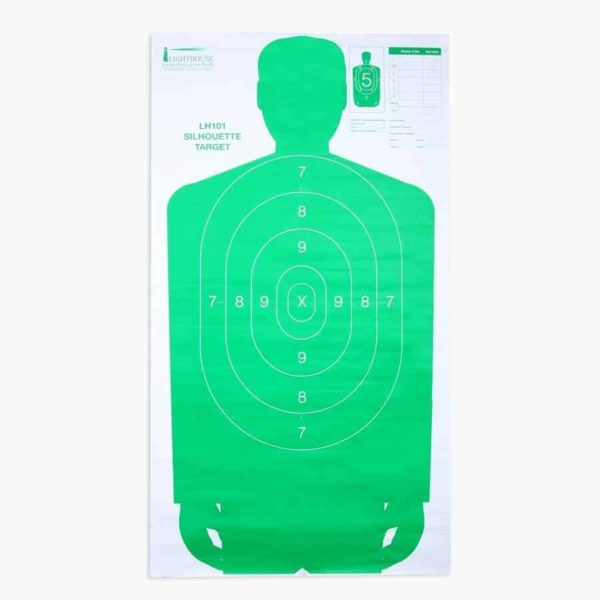Participants in an innovative Washington State University study of deadly force were more likely to feel threatened in scenarios involving black people. But when it came time to shoot, participants were biased in favor of black suspects, taking longer to pull the trigger against them than against armed white or Hispanic suspects.
The findings, published in the recent Journal of Experimental Criminology, grow out of dozens of simulations aimed at explaining the disproportionate number of ethnic and racial minorities shot by police. The studies use the most advanced technology available, as participants with laser-equipped guns react to potentially threatening scenarios displayed in full-size, high-definition video.
The findings surprised Lois James, lead author and assistant research professor at Washington State University Spokane’s Sleep and Performance Research Center. Other, less realistic studies have found people are more willing to think a black person has a gun instead of a tool and will more readily push a “shoot” button against a potentially armed black person.
The findings also run counter to the public perception, heightened with the recent shooting of Michael Brown in Ferguson, Mo., that police are more willing to shoot black suspects. Statistics show that police shoot ethnic and racial minorities disproportionately to their population.
But the last comprehensive look at the racial makeup of justifiable and non-justifiable shootings was a 2001 study (pdf) using more than two decades of U.S. Bureau of Justice data, said James. And while statistics show black suspects are shot at more frequently than white suspects, the 2001 study found black suspects were also as likely to shoot at police as be shot at.
“At the moment, there are no comprehensive statistics on whether the police do inappropriately shoot at black males more than they do at white males,” said James. “Although isolated incidents of black males being shot by the police are devastating and well documented, at the aggregate level we need to understand whether the police are shooting black unarmed males more than they are white unarmed males. And at the moment, nobody knows that.”
Shootings in the field are particularly difficult to study because they can have a multitude of complex, confounding and hard-to-control variables. But WSU Spokane’s Simulated Hazardous Operational Tasks Laboratory can control variables like suspect clothing, hand positions, threatening stance and race, while giving observers precise data on when participants are fired upon and how many milliseconds they take to fire back.
James’ study is a follow-up to one in which she found active police officers, military personnel and the general public took longer to shoot black suspects than white or Hispanic suspects. Participants were also more likely to shoot unarmed white suspects than black or Hispanic ones and more likely to fail to fire at armed black suspects.
“In other words,” wrote James and her co-authors, “there was significant bias favoring blacks where decisions to shoot were concerned.”
When confronted by an armed white person, participants took an average of 1.37 seconds to fire back. Confronted by an armed black person, they took 1.61 seconds to fire and were less likely to fire in error. The 24-millisecond difference may seem small, but it’s enough to be fatal in a shooting
The recent study analyzed data from electroencephalograph sensors that measured participants’ alpha brain waves, which are suppressed in situations that appear threatening.
The participants, 85 percent of whom were white, “demonstrated significantly greater threat responses against black suspects than white or Hispanic suspects,” wrote James and her co-authors, University of Missouri-St. Louis criminologist David Klinger and WSU Spokane’s Bryan Vila. This, they said, suggests the participants “held subconscious biases associating blacks and threats,” which is consistent with previous psychological research on racial stereotypes.
However, the current study only measured the alpha waves of participants drawn from the general public, not law enforcement or the military. Consequently, wrote the authors, “results from this sample are not generalizable to sworn officers.”
“However,” they added, “there is some evidence from the field to support the proposition that an officer’s threat bias could cause him or her to tend to take more time to make decisions to shoot people whom they subconsciously perceived as more threatening because of race or ethnicity. This behavioral ‘counter-bias’ might be rooted in people’s concerns about the social and legal consequences of shooting a member of a historically oppressed racial or ethnic group.”
James said she has data on subconscious associations between race and threat from law enforcement subjects, and she awaits funding to analyze whether these biases predict decisions to shoot in the simulator. Like study participants from the general public, she said, “they were still more hesitant to shoot black suspects than white suspects. They took longer and they made fewer errors.”


